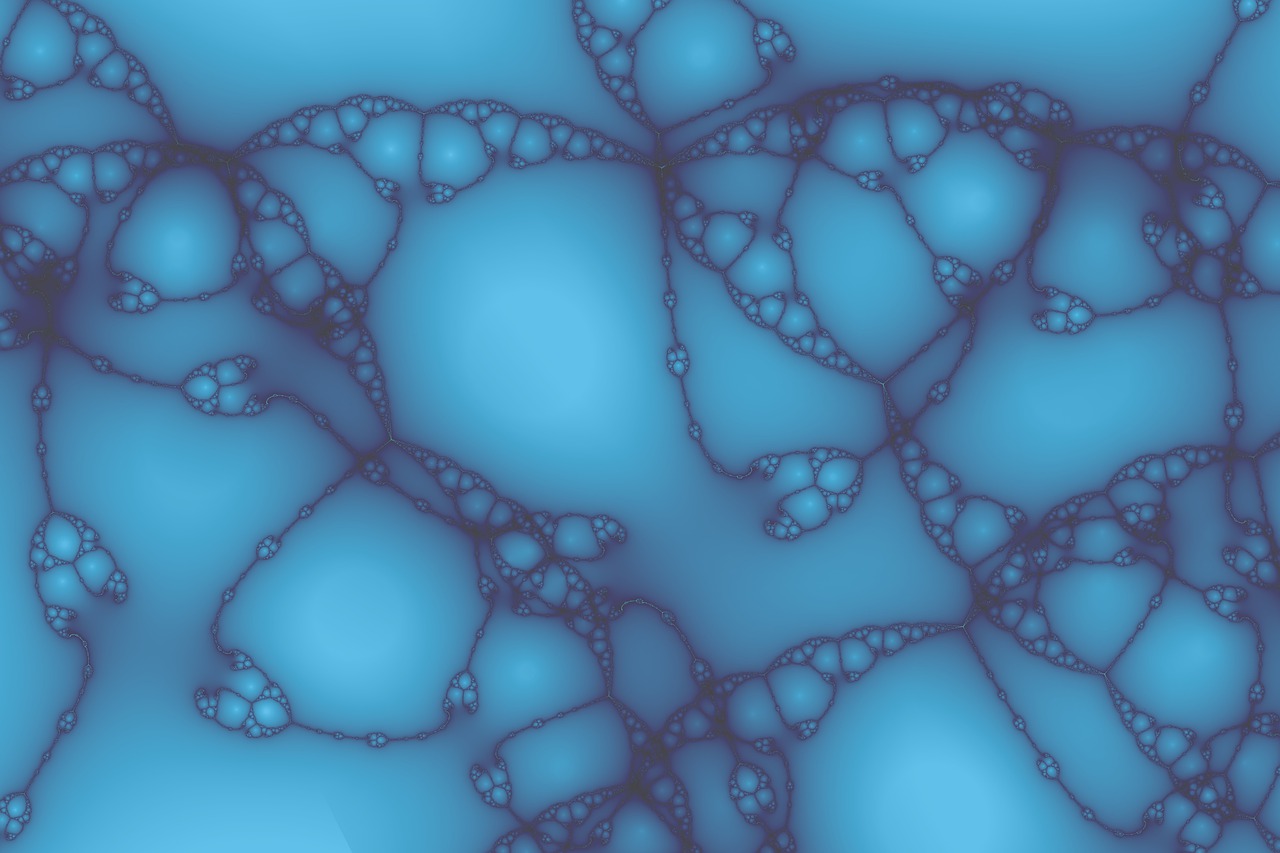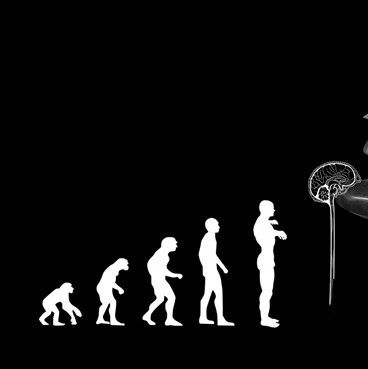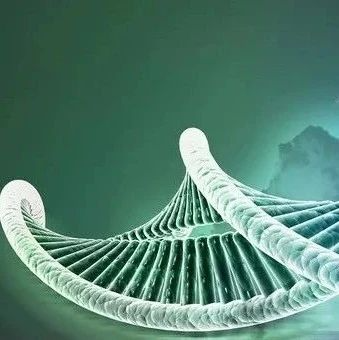专题:Nature报道

节肢动物在演化上的相互关系是一个长期存在争议的问题。一项根据对来自75个物种(包括每个主要节肢动物分支的代表物种)的超过41,000个DNA碱基对所做分析的新的系统发生学研究,将有助于在这个问题上形成共识。该研究所获数据支持这样的观点:昆虫是陆生甲壳动物;甲壳动物是一个多样化类群,至少包括三个截然不同的节肢动物类型;多足动物(“千足虫”和蜈蚣)是这一“泛甲壳动物”类群的亲缘关系最近者。
推荐原始出处:
Nature 463, 1079-1083 (25 February 2010) | doi:10.1038/nature08742
Arthropod relationships revealed by phylogenomic analysis of nuclear protein-coding sequences
Jerome C. Regier1, Jeffrey W. Shultz1,2,3, Andreas Zwick1, April Hussey1, Bernard Ball4, Regina Wetzer5, Joel W. Martin5 " Clifford W. Cunningham4
1 Center for Biosystems Research, University of Maryland Biotechnology Institute,
2 Department of Entomology,
3 Institute for Bioscience and Biotechnology Research, University of Maryland, College Park, Maryland 20742, USA
4 Department of Biology, Duke University, Durham, North Carolina 27708, USA
5 Natural History Museum of Los Angeles County, Los Angeles, California 90007, USA
6 Correspondence to: Clifford W. Cunningham4 Correspondence and requests for materials should be addressed to C.W.C.
The remarkable antiquity, diversity and ecological significance of arthropods have inspired numerous attempts to resolve their deep phylogenetic history, but the results of two decades of intensive molecular phylogenetics have been mixed1, 2, 3, 4, 5, 6, 7. The discovery that terrestrial insects (Hexapoda) are more closely related to aquatic Crustacea than to the terrestrial centipedes and millipedes2, 8 (Myriapoda) was an early, if exceptional, success. More typically, analyses based on limited samples of taxa and genes have generated results that are inconsistent, weakly supported and highly sensitive to analytical conditions7, 9, 10. Here we present strongly supported results from likelihood, Bayesian and parsimony analyses of over 41?kilobases of aligned DNA sequence from 62 single-copy nuclear protein-coding genes from 75 arthropod species. These species represent every major arthropod lineage, plus five species of tardigrades and onychophorans as outgroups. Our results strongly support Pancrustacea (Hexapoda plus Crustacea) but also strongly favour the traditional morphology-based Mandibulata11 (Myriapoda plus Pancrustacea) over the molecule-based Paradoxopoda (Myriapoda plus Chelicerata)2, 5, 12. In addition to Hexapoda, Pancrustacea includes three major extant lineages of ‘crustaceans’, each spanning a significant range of morphological disparity. These are Oligostraca (ostracods, mystacocarids, branchiurans and pentastomids), Vericrustacea (malacostracans, thecostracans, copepods and branchiopods) and Xenocarida (cephalocarids and remipedes). Finally, within Pancrustacea we identify Xenocarida as the long-sought sister group to the Hexapoda, a result confirming that ‘crustaceans’ are not monophyletic. These results provide a statistically well-supported phylogenetic framework for the largest animal phylum and represent a step towards ending the often-heated, century-long debate on arthropod relationships.







